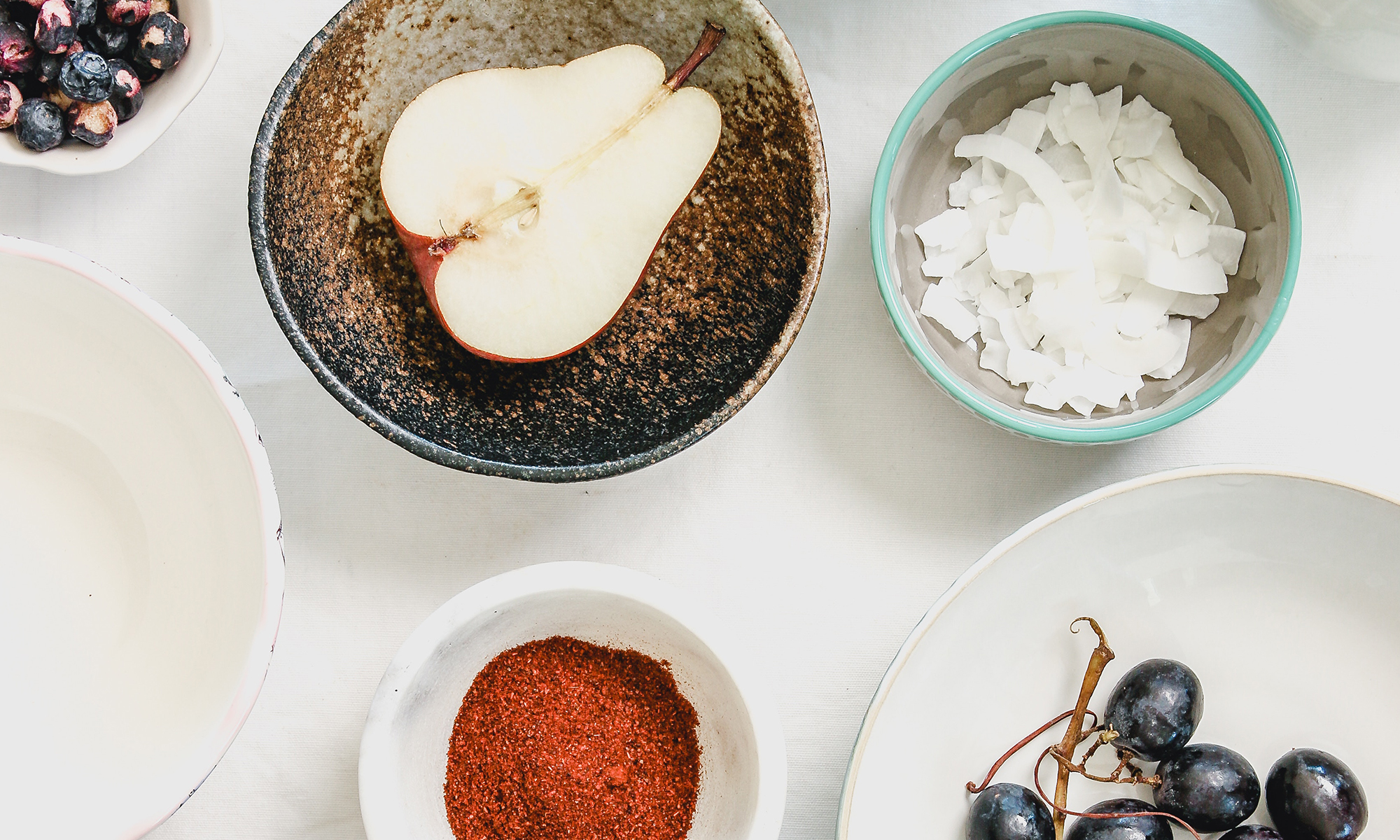Much of what grows in my garden are annuals… that means the plants have a one season life cycle. Basil, for example, gets planted every spring and then dies off in October. The only way basil will get planted again in my garden is if I intentionally do so. Unless, I let the plant go to seed.
Most plants go through the same life cycle. The seeds sprout leaves, and then generate flowers which produce the fruit. The fruit has seeds… and if they are harvested, the seeds can be saved to be replanted the next season.
I have this cycle going on in my garden in a rather informal process. The birds eat the spent sunflowers, scattering the seeds around the garden. The following spring, little sunflowers sprouts pop up everywhere. I gather them and then replant them where I want. The same thing happens with the lettuces and even tomatoes.
I’ve learned to recognize many plants by the first few leaves that emerge from the ground, and distinguish them from the weeds – which get plucked and composted.
Every once in a while, seedlings emerge that I’m unsure of. I let them grow out to see what happens. This year, the questionable seedlings turned into squash. I recognized the leaves, but the subsequent flowers suggested that it was a different variety than I had planted in years past. The plant grew, squash pushed out the flowers and grew.
I still had no idea what variety I had. I harvested a pale green squash with white streaks. It looked like it could be a zucchini, but the texture was very dense and unappetizing.
And while I wondered what variety of squash I had, I was also curious to know where the seed has come from. I had never planted any variety before other than zucchini. Was it a cross pollination of cucumbers and zucchini in past years? Had the seed come from the compost bin? Or maybe from a neighbor’s garden?
I was nonplused by the first squash. I decided to let the rest go… Though I didn’t dig out the plant… the vines continued to grow and circle around the tomato plants into the driveway. After 3 months of watching the plant meander, I realized I had butternut squash!
Perhaps the best thing about this discovery was that one plant yielded 3 – 4 squash (and I probably would have gotten more if I had been more careful). A far better yield than the zucchini I intentionally planted – 20 seeds produced 2 fruit. Yes, that’s right, just 2… hardly worth the space devoted.
Pan Roasted Hake with Squash Puree and Port Reduction
1 butternut squash
1 apple
1 onion
1 tablespoon butter
1 teaspoon curry powder
1 cup chicken broth
½ cup heavy cream
4 – 6 oz. hake filets
¼ cup chick pea flour
1 tablespoon plain oil.
1 shallot
1 cup ruby port
½ cup chicken stock
Salt, pepper and lemon juice to taste.
1. Cut squash in half, lengthwise. Put on a cookie sheet, cut side down with 1 cup of water. Bake in 350F oven for 30 minutes or until tender.
2. Meanwhile, peel and slice the onion and apple. Melt butter in a skillet. Add the onions and apples and cook over medium heat until soft. Add the curry powder and cook for 1 minute more. Add the chicken broth to deglaze the pan.
3. When squash is tender, remove and discard the seeds. Spoon out the pulp and add to the apple mix. Puree in a food processor with ½ of the cream. Season to taste with salt, pepper and lemon juice. Set aside in a warm spot.
4. Season hake file with salt, pepper and lemon juice. Dust with chick pea flour.
5. Heat a large skillet over high heat. Add oil. Sear fish until golden brown. Flip and continue cooking for 2 minutes, or until cooked through.
6. Remove fish from pan. To the pan add the shallots, and then the port. Reduce the port by ¾ and then add the chicken stock and remaining cream. Reduce until thick. Season sauce with salt and lemon juice
From the garden: butternut squash, kale, garlic
